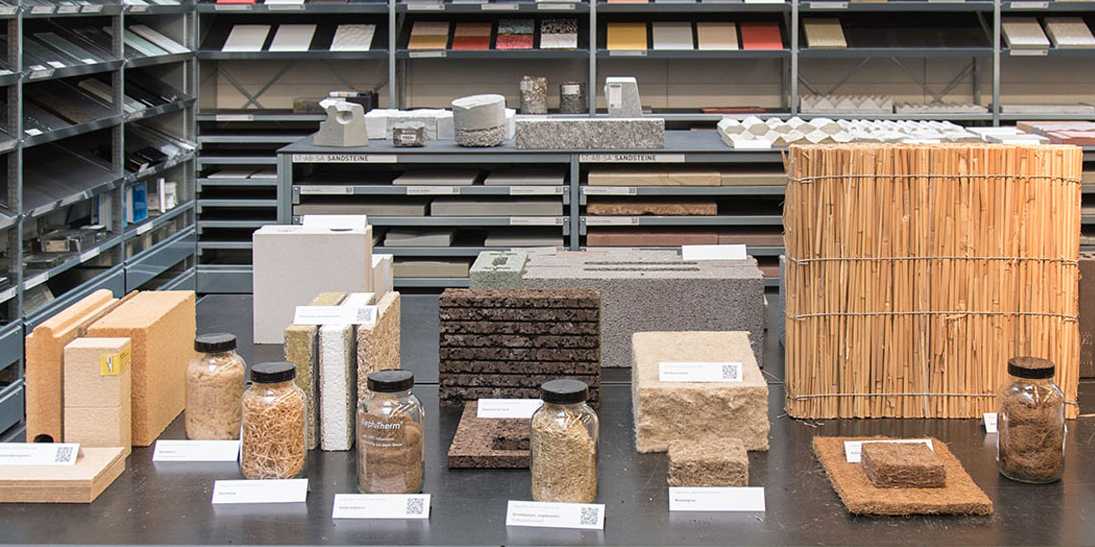Architecture is an art form that has evolved over centuries, reflecting the cultural, technological, and societal changes of each era. In recent times, modern architecture has emerged as a dominant force, surpassing the traditional styles of the past. This article explores the reasons why modern architecture is superior to old architecture, taking into account its innovative design, sustainable practices, and enhanced functionality.
- Innovative Design:
Modern architecture embraces innovation, pushing the boundaries of what is possible in terms of design. Unlike old architecture, which often adhered to rigid styles and conventions, modern architects have the freedom to experiment with new materials, shapes, and structures. This results in buildings that are visually striking, unique, and reflective of the contemporary spirit. From the iconic curves of Frank Gehry's Guggenheim Museum in Bilbao to the sleek lines of Zaha Hadid's Heydar Aliyev Center in Baku, modern architecture captivates with its boldness and creativity. - Sustainable Practices:
In an era of increasing environmental awareness, modern architecture prioritizes sustainability. Old architecture often relied on resource-intensive materials and inefficient construction methods. In contrast, modern architects employ eco-friendly materials, energy-efficient technologies, and sustainable design principles. Green roofs, solar panels, and rainwater harvesting systems are just a few examples of how modern architecture integrates sustainability into its core. By reducing energy consumption and minimizing environmental impact, modern buildings contribute to a greener future. - Enhanced Functionality:
Modern architecture places a strong emphasis on functionality, ensuring that buildings serve their intended purpose effectively. Old architecture, while often aesthetically pleasing, may not always meet the practical needs of contemporary society. Modern buildings are designed with careful consideration of human behavior, ergonomics, and technological advancements. They offer flexible spaces, efficient layouts, and state-of-the-art amenities that enhance the quality of life for occupants. Whether it's the open-plan offices of co-working spaces or the smart homes equipped with automation systems, modern architecture adapts to the evolving needs of the modern world. - Integration with Surroundings:
Another advantage of modern architecture is its ability to seamlessly integrate with the surrounding environment. While old architecture sometimes stood in stark contrast to its surroundings, modern buildings strive to harmonize with the natural and urban landscapes. Through the use of sustainable materials, green spaces, and thoughtful design, modern architects create structures that blend in rather than disrupt. This integration fosters a sense of connection and continuity, enhancing the overall aesthetic appeal of the built environment.
Conclusion:
Modern architecture has emerged as a testament to human ingenuity and progress. Its innovative design, sustainable practices, enhanced functionality, and integration with surroundings make it superior to old architecture. By embracing the spirit of the times and pushing the boundaries of what is possible, modern architects shape the cities and spaces we inhabit, creating a built environment that is not only visually captivating but also practical and sustainable. As we continue to evolve, modern architecture will undoubtedly play a pivotal role in shaping our future.


